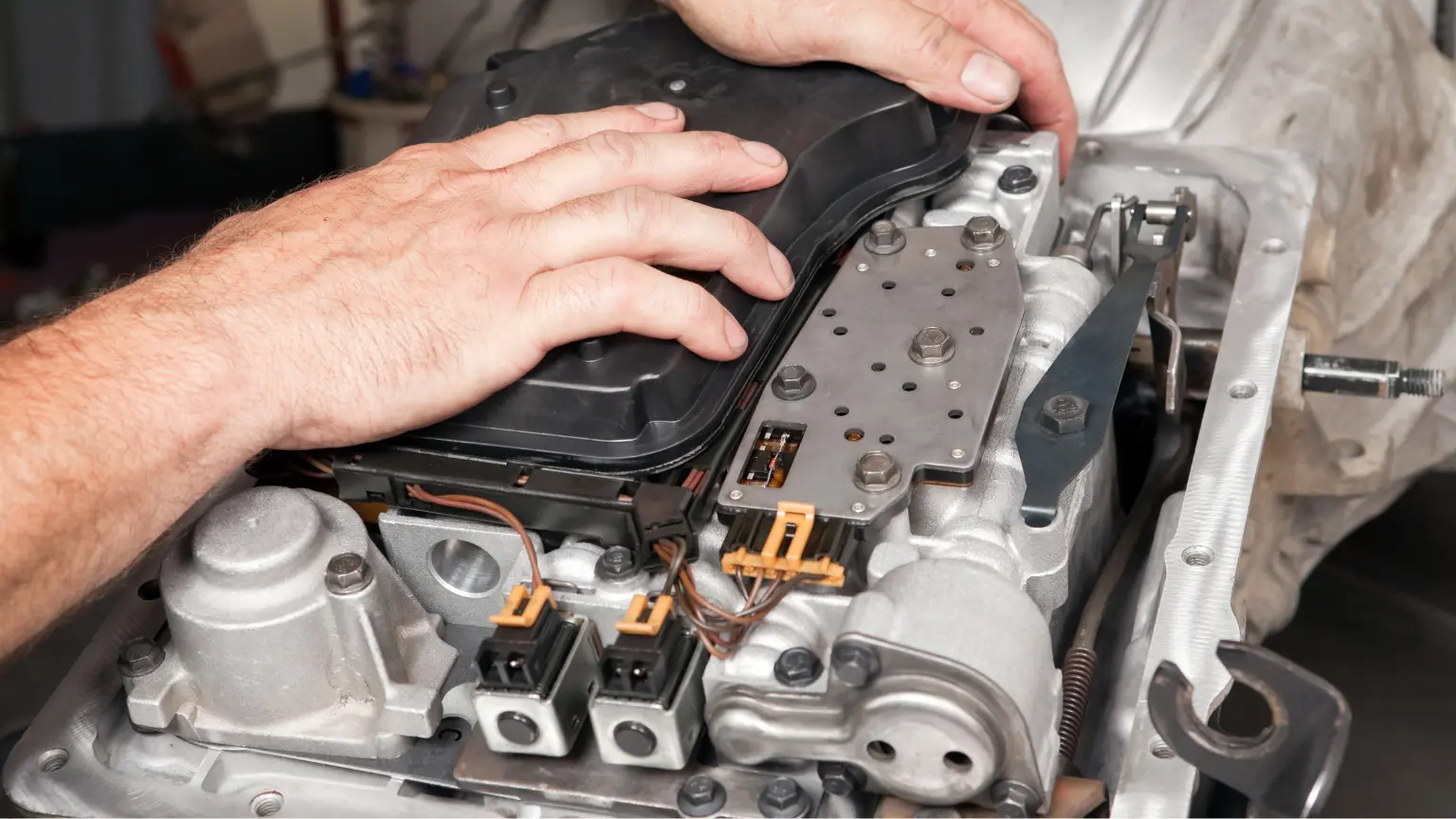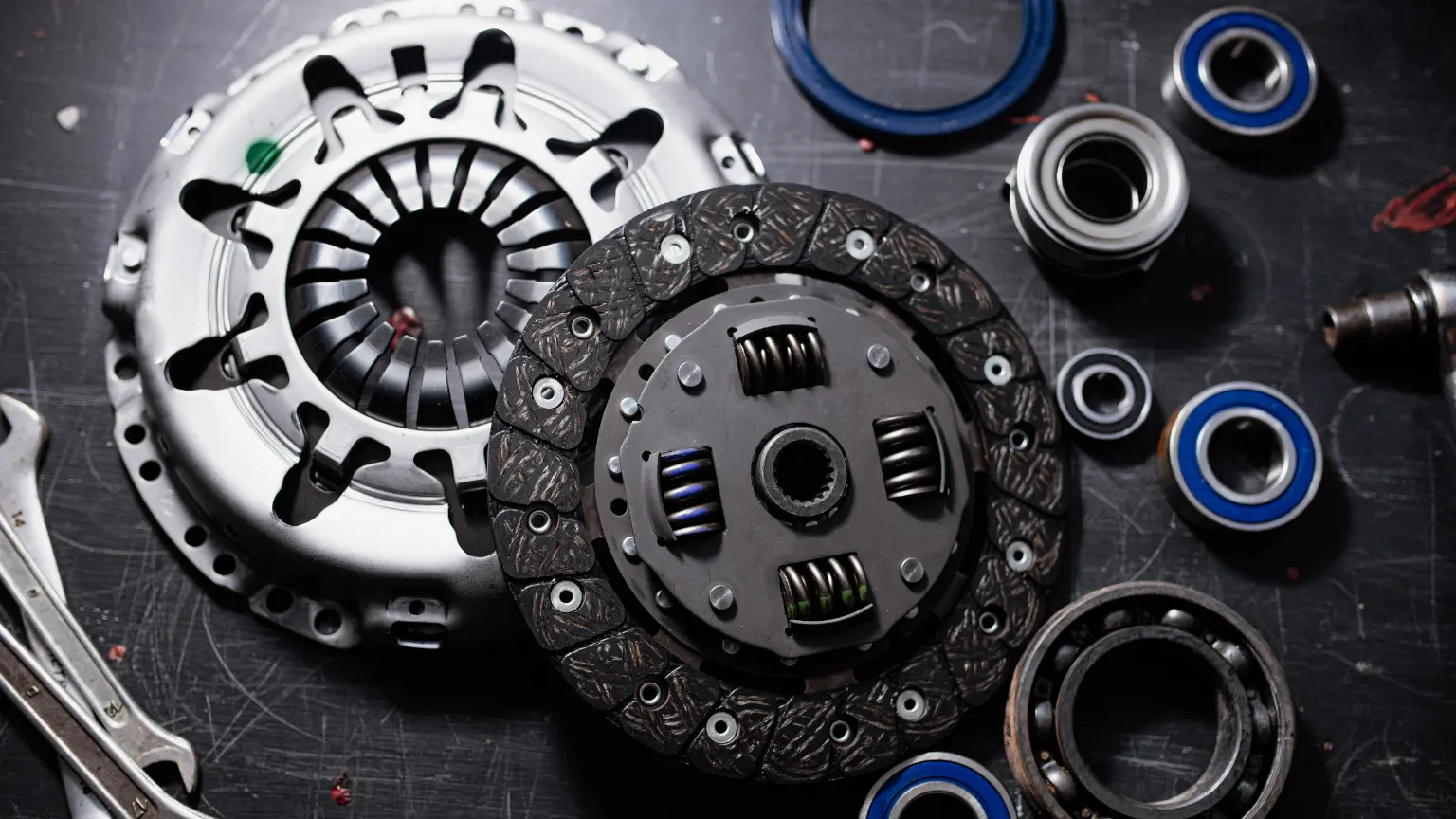
Manual transmission drivers know that a healthy clutch and gearbox are crucial for smooth driving. Unfortunately, clutch components wear out over time, leading to manual transmission problems that range from annoying to outright dangerous if left unaddressed. The key is recognizing the early signs of a bad clutch before a minor issue snowballs into a major repair. In this guide, we’ll break down the common warning signs and symptoms of a bad clutch, empowering you to catch problems early and keep your vehicle safe on the road.
How the Clutch Works (and Why It Fails)
In a manual transmission vehicle, the clutch links the engine to the gearbox, allowing you to disconnect power so you can shift gears temporarily. Pressing the clutch pedal pushes a hydraulic piston or a cable, which in turn moves the clutch release bearing. The release bearing presses against the pressure plate, causing it to disengage the friction disc from the flywheel. When the clutch pedal is depressed, engine power is separated from the transmission. When you release the pedal, the pressure plate springs clamp the friction disc back against the spinning flywheel, transmitting engine power to the drivetrain.
Under normal conditions, the clutch engages and disengages countless times without complaint. However, constant friction and heat inevitably cause wear. The clutch disc’s friction material thins out, springs fatigue, and hydraulic parts can develop leaks or lose pressure. The result? The clutch may start to slip, drag, or otherwise misbehave.
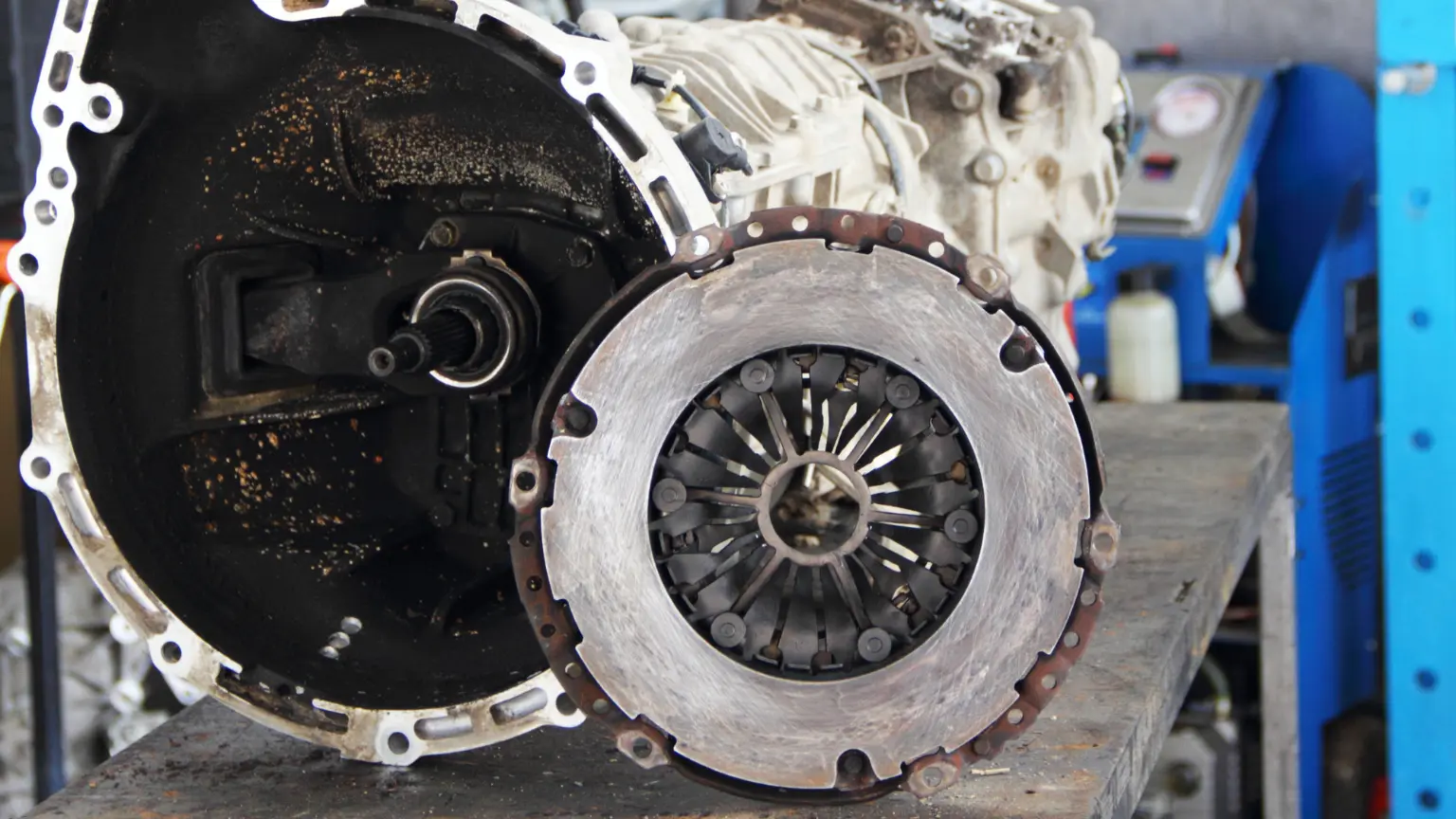
Clutch Slipping and Weak Acceleration
One of the most common clutch issues is clutch slipping, which basically means the clutch fails to fully “grab.” You’ll notice this as a lack of acceleration relative to engine speed. For example, you press the gas in gear, the engine RPM climbs rapidly, but the car barely gains speed. In other words, the engine is revving, but power isn’t effectively reaching the wheels. Clutch slipping symptoms often start out mild and gradually worsen. A clear giveaway is when the engine races without corresponding acceleration, which is a classic sign that the clutch isn’t holding as it should. Drivers might describe it as the feeling of a “weak” or lazy response when trying to accelerate, almost as if the vehicle is being pulled by an invisible weight.
Slippage not only robs your car of power but also generates intense heat. The slipping friction disc will overheat and emit a clutch-burning smell if the problem persists. You might catch a whiff of this after climbing a hill or during stop-and-go traffic where you ride the clutch. In the early stages, the smell may be faint or only happen occasionally, but any burnt odor from the clutch area is a red flag that the clutch is struggling to maintain grip. If you notice these clutch slipping signs, have your clutch inspected promptly. Continuing to drive with a slipping clutch will worsen the wear quickly and could leave you stranded when the clutch can no longer transmit power at all.
Difficulty Shifting and Gear Grinding
Another early indicator of clutch trouble is difficulty getting the car into gear or a manual transmission grinding during shifts. Your clutch’s job is to disengage the engine from the transmission; if it doesn’t fully release, the gears can clash because they’re still under load from the engine. The telltale symptom is a harsh grinding or crunching sound when you shift, especially into first or reverse. Occasional grind when you’re learning stick is normal, but persistent grinding once you know how to shift smoothly is often a mechanical issue. If the gears grind every time you try to shift, something in the clutch system is likely at fault.
You might also experience the transmission refusing to go into gear at times. You press the clutch and attempt to put the shifter into first, but it won’t engage or requires excessive force. This can happen if the clutch isn’t fully disengaged. Don’t ignore these signs. Difficulty shifting into gear, or the gearbox popping out of gear on its own, means the clutch and transmission are not in harmony. Left unchecked, you could damage the transmission’s synchronizers or gear teeth.
Clutch Pedal Problems and Hydraulic Issues
Drivers often describe it as a pedal that feels “soft” or “spongy,” a pedal that’s suddenly very stiff, or one that sticks to the floor or releases slowly. These issues often stem from the clutch’s hydraulic system or the clutch release mechanism.
- Soft or spongy pedal: If the clutch pedal lacks resistance and feels mushy under your foot, it typically indicates that hydraulic pressure is low. In a hydraulic clutch system, that’s often due to air in the lines or a hydraulic clutch leak in the master or slave cylinder. A soft or spongy clutch pedal is a classic sign of low fluid pressure, typically caused by fluid leaks or air bubbles in the system. You might notice the clutch engagement point changing. If the fluid is leaking, you may also find the clutch pedal gradually sinking to the floor when you hold it down. One way to check is to look under the car or around the firewall for leaks, and verify the clutch master cylinder reservoir is at the proper level. Any drop in fluid or visible brake fluid around the pedal or transmission bellhousing indicates a leak that needs fixing. Keep in mind that bleeding the clutch line might temporarily restore firmness, but if a hydraulic clutch leak is present, the problem will return until the faulty cylinder is repaired or replaced.
- Pedal sinks or doesn’t return: A pedal that sticks to the floor or returns slowly can indicate a failing clutch slave cylinder. Clutch slave cylinder symptoms often include a clutch that won’t fully release or a pedal that doesn’t come back up on its own. This can happen if the internal seal of the slave cylinder is bypassing fluid or if there’s air in the system. The result is similar to the spongy pedal scenario, insufficient hydraulic force to move the clutch fork.
- Hard or stiff pedal: On the opposite end, if the clutch pedal suddenly becomes very stiff or hard to press, that can point to mechanical issues like a worn pressure plate or a binding release mechanism. Sometimes, a failing clutch release bearing or clutch fork can make the pedal feel heavier than normal. A clutch master cylinder problem can also cause high resistance if its internal passages are blocked. If you feel a grinding or creaking through the pedal or hear a squeak when pressing it, that might mean the pedal linkage or throw-out bearing is dry or worn.
- High engagement point: Another subtle symptom of clutch wear is a change in the clutch “bite” point. If you notice that you have to let the pedal out almost all the way to get the car moving, the clutch may be nearing the end of its life. In many cases, as the clutch disc wears thin, the engagement point rises. This can be hard to notice gradually, but if you compare it to when the clutch was newer, the difference can be stark.
Don’t ignore changes in your clutch pedal’s feel. It’s literally the interface between you and your transmission, and any problems there will only get worse if unattended.
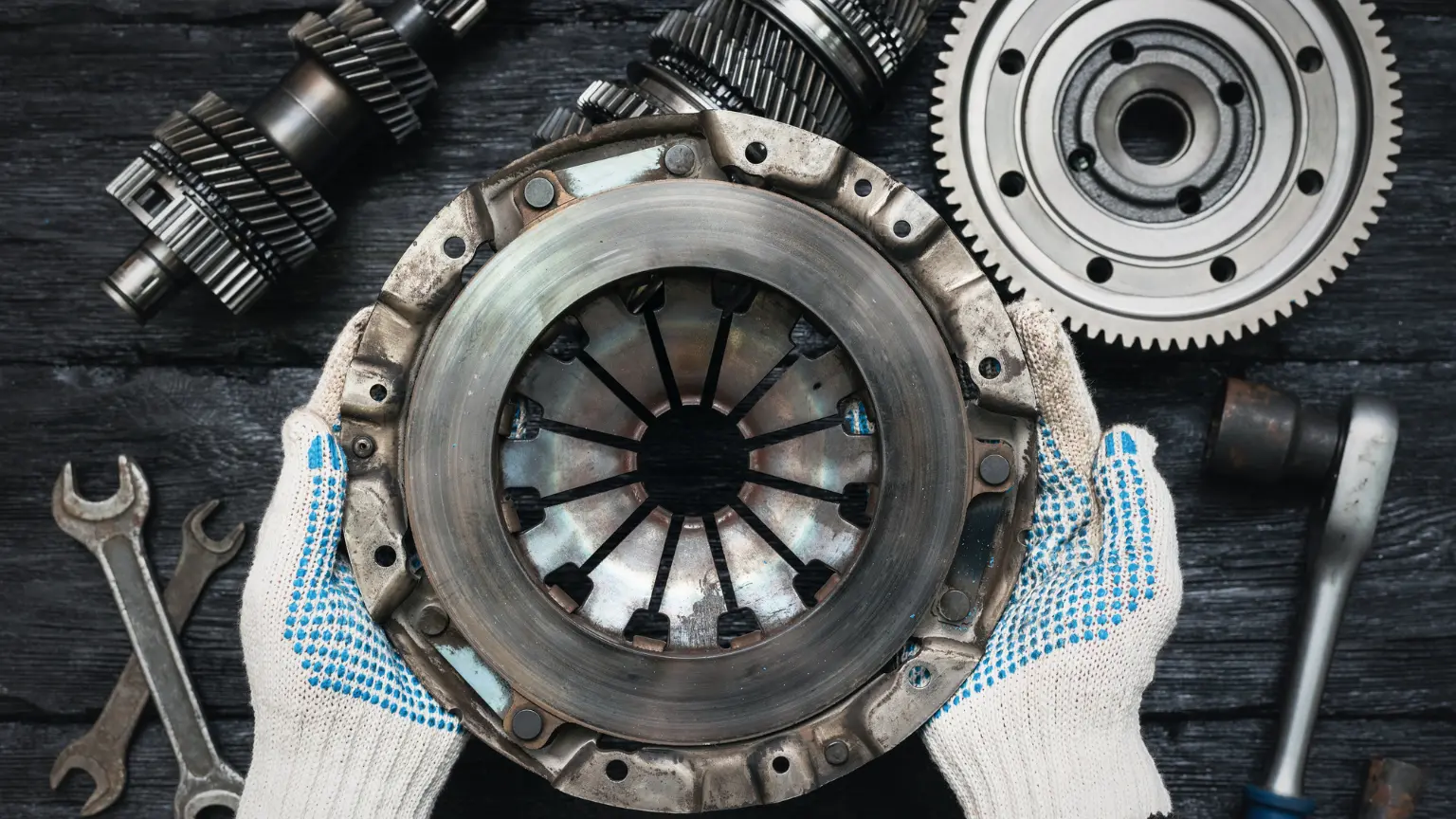
Unusual Noises When Using the Clutch
Strange sounds are another category of early indicators. You shouldn’t hear much when pressing or releasing the clutch pedal. Maybe a light whoosh of the clutch engaging, but nothing loud or alarming. If you start noticing new noises tied to clutch operation, it’s time to pay attention. One common issue involves the clutch release bearing that we mentioned earlier. When this bearing wears out, it often produces a telltale noise. Typically, you’ll hear a whirring, grinding, or rattling sound when you press down the clutch pedal, which tends to go away when you release the pedal. This is because the bad bearing only makes noise when it’s being pressed against the pressure plate. A grinding or rattling sound, especially when the clutch pedal is depressed, is a classic symptom of a failing throw-out bearing. Some describe the noise as a harsh metal-on-metal rattle, while others might notice more of a chirping or whirring. In any case, it’s not a noise you should hear in normal operation.
Besides the throw-out bearing, there are a couple of other noises that can pop up with clutch problems. A worn pilot bearing can cause a grinding or squealing noise when the clutch is released. If you hear a squeak or squeal as the clutch engages, that could point to the pilot bearing. Additionally, a worn pressure plate or clutch fork can sometimes make scraping or clunking sounds.
Burning Smell While Driving
Smells can be as telling as sounds when it comes to vehicle problems. A clutch burning smell is one odor you should never ignore. Clutches are lined with friction material similar to brake pads, and when that material overheats, it emits a distinct, often pungent smell, frequently likened to burning paper or a harsh chemical odor. Suppose you catch a strong burning smell, especially after a stint of stop-and-go driving, hill climbing, or after a novice driver has been riding the clutch. In that case, it likely means the clutch was slipping excessively and getting overheated. Grinding gears or a struggling, slipping clutch will produce a lot of metal-on-friction heat, which in turn can give off that unmistakable burnt odor.
You might first notice the smell during demanding conditions, like starting on a steep incline or towing a load. Initially, the smell might dissipate quickly once the clutch cools. However, if you consistently smell something burning every time you drive or shift, the clutch is probably continuously slipping or not fully engaging.
It’s worth noting that a burning clutch smell is different from, say, an electrical burning smell or burning oil. Clutch material has its own pungent scent. Any unusual smell coming from your car should be investigated, but a burnt clutch smell is a clear indicator of clutch trouble. That inspection may reveal that the clutch disc is worn down or that your driving habits are causing excessive heat. Either way, it’s crucial to act on this warning sign. The fix for a burnt-out clutch is a clutch replacement, and the sooner you address it, the less likely you are to also need a flywheel resurface or other additional repairs from prolonged overheating.
When to Seek Professional Help
Being alert to these early indicators can save you from the headache of a sudden breakdown. Early detection means you can schedule repairs on your terms, rather than limping the car in later after a failure. For example, replacing a clutch before it completely fails might prevent collateral damage to the flywheel or transmission. Similarly, fixing a leaking master cylinder might save your clutch from burning up due to partial engagement.
Once you notice any of the warning signs above, it’s wise to have a qualified transmission mechanic diagnose the issue. The untrained eye can sometimes misdiagnose clutch problems. What feels like a bad clutch could actually be a hydraulic leak, or vice versa. An experienced professional will know how to test the clutch system, check hydraulic components, and pinpoint the root cause. If you’re in the Pacific Northwest, you can turn to a trusted transmission repair shop like Gresham TransMedic in Oregon for expert assistance. The specialists there can inspect your clutch, provide an honest assessment of its condition, and perform the necessary repairs or adjustments to get you back on the road reliably.
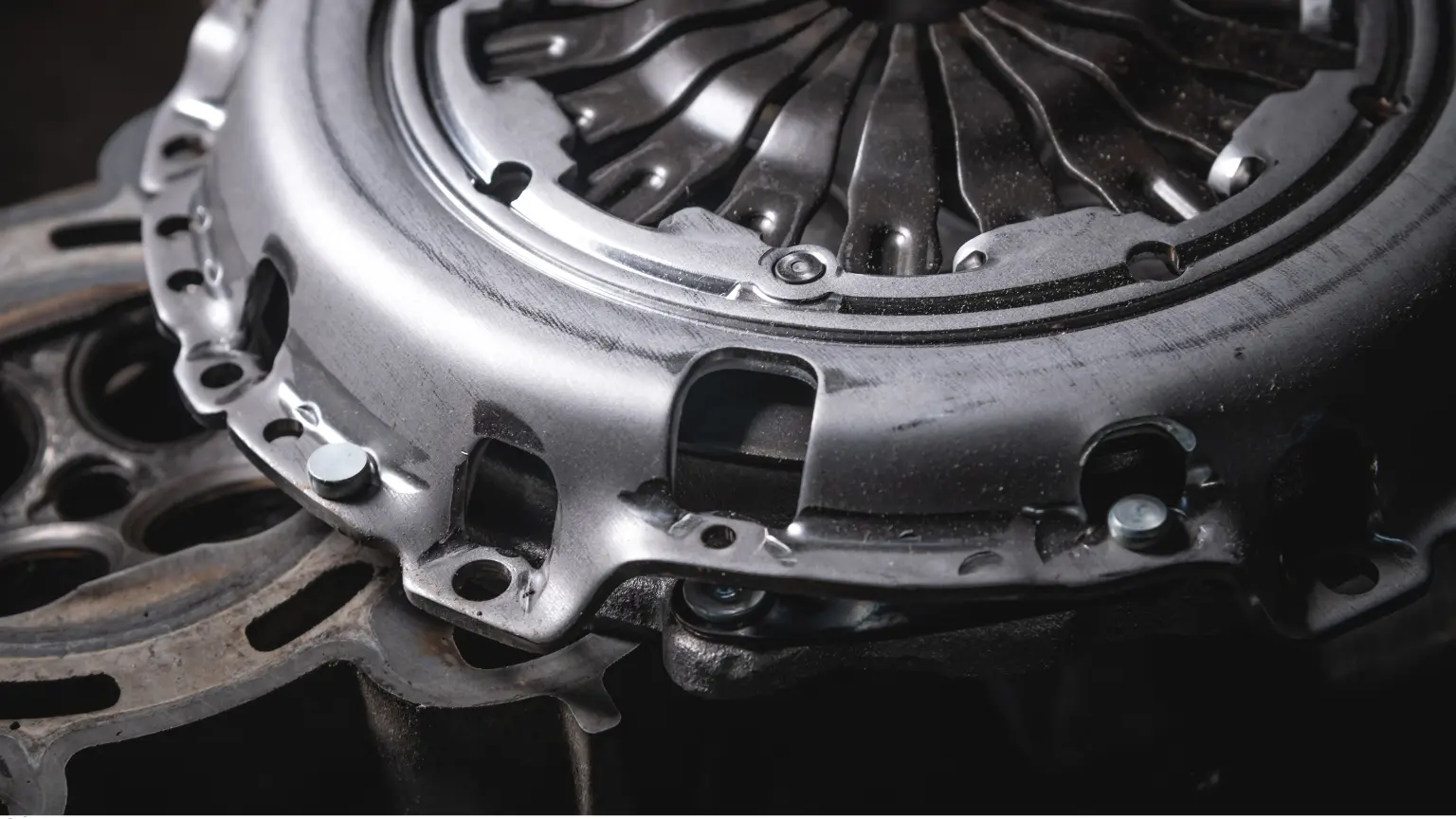
Remember that addressing clutch and gear issues early not only spares your wallet but also keeps your car safe to drive. A failing clutch can slip so badly that you can’t maintain speed on a highway, or it can seize up and prevent you from shifting at all; both scenarios you definitely want to avoid while driving. By spotting the early indicators of gear and clutch problems, you’re taking a proactive step in car maintenance. Listen to your car’s feedback: the way the clutch pedal feels, the sounds it makes, and even the smells can all tell you something. With this knowledge, you can act swiftly and keep your manual transmission running smoothly for many miles to come.
Sources
- BreakerLink – “Seven signs your clutch master cylinder is failing”breakerlink.com
Follow a maintenance program
Ante gravida id aenean quis egestas risus nam amet nullam leo diam diam aliquam eu eu malesuada arcu rhoncus suspendisse nulla mattis ut amet sagittis in justo egestas.
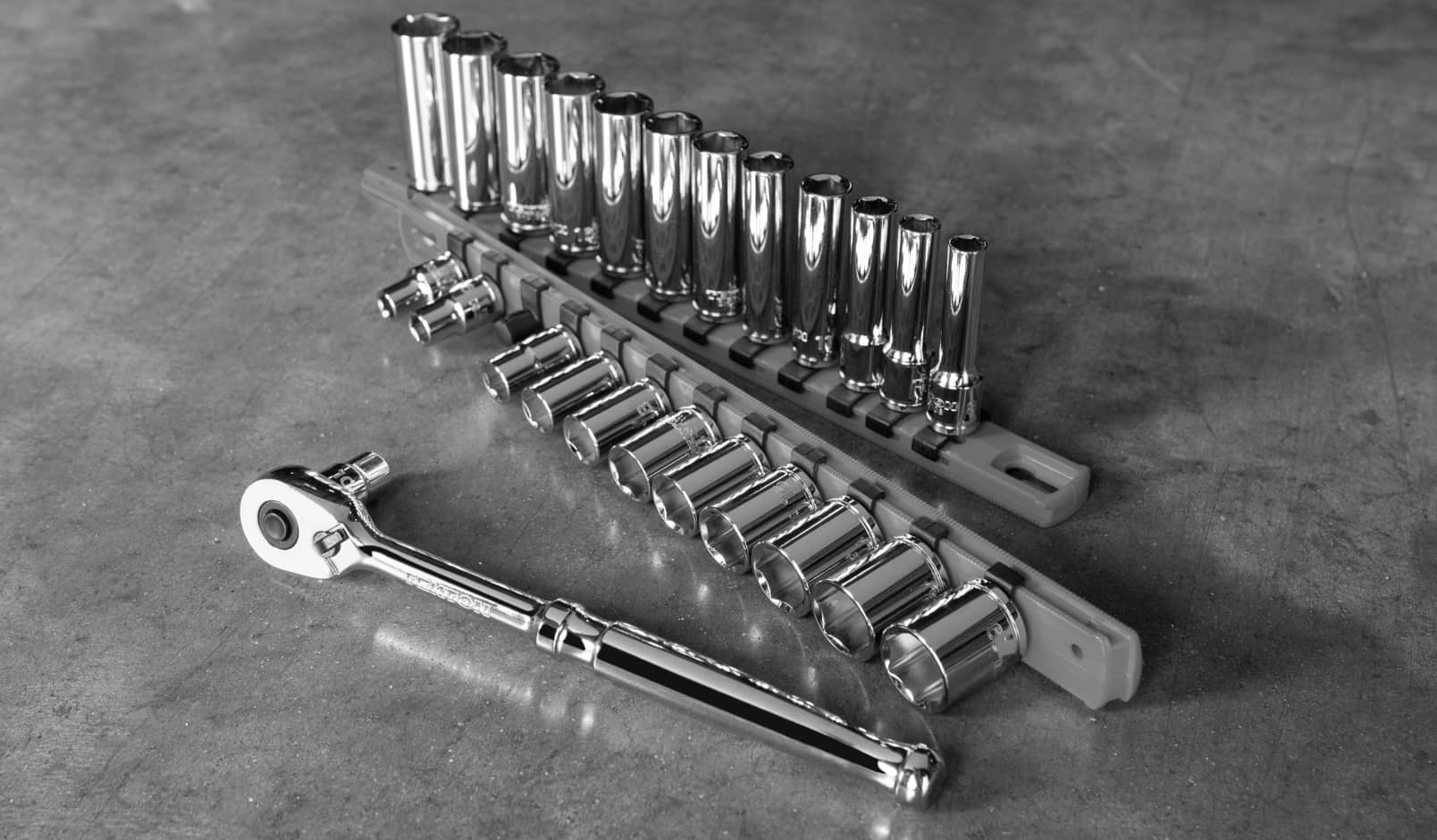
search for a trusted mechanic
Lorem ipsum dolor sit amet, consectetur adipiscing elit lobortis arcu enim urna adipiscing praesent velit viverra sit semper lorem eu cursus vel hendrerit elementum morbi curabitur etiam nibh justo, lorem aliquet donec sed sit mi dignissim at ante massa mattis.
- Neque sodales ut etiam sit amet nisl purus non tellus orci ac auctor
- Adipiscing elit ut aliquam purus sit amet viverra suspendisse potent
- Mauris commodo quis imperdiet massa tincidunt nunc pulvinar
- Excepteur sint occaecat cupidatat non proident sunt in culpa qui officia
Check the air pressure in your tires
Vitae congue eu consequat ac felis placerat vestibulum lectus mauris ultrices cursus sit amet dictum sit amet justo donec enim diam porttitor lacus luctus accumsan tortor posuere praesent tristique magna sit amet purus gravida quis blandit turpis.
Review your suspension frequently
At risus viverra adipiscing at in tellus integer feugiat nisl pretium fusce id velit ut tortor sagittis orci a scelerisque purus semper eget at lectus urna duis convallis. porta nibh venenatis cras sed felis eget neque laoreet suspendisse interdum consectetur libero id faucibus nisl donec pretium vulputate sapien nec sagittis aliquam nunc lobortis mattis aliquam faucibus purus in.
- Neque sodales ut etiam sit amet nisl purus non tellus orci ac auctor
- Adipiscing elit ut aliquam purus sit amet viverra suspendisse potent
- Mauris commodo quis imperdiet massa tincidunt nunc pulvinar
- Excepteur sint occaecat cupidatat non proident sunt in culpa qui officia
Service your vehicle as regularly as posible
At risus viverra adipiscing at in tellus integer feugiat nisl pretium fusce id velit ut tortor sagittis orci a scelerisque purus semper eget at lectus urna duis convallis. porta nibh venenatis cras sed felis eget neque laoreet suspendisse interdum consectetur libero id faucibus nisl donec pretium vulputate sapien nec sagittis aliquam nunc lobortis mattis aliquam faucibus purus in.
“Nisi quis eleifend quam adipiscing vitae aliquet bibendum enim facilisis gravida neque velit euismod in pellentesque”
Conclusion
Eget lorem dolor sed viverra ipsum nunc aliquet bibendum felis donec et odio pellentesque diam volutpat commodo sed egestas aliquam sem fringilla ut morbi tincidunt augue interdum velit euismod eu tincidunt tortor aliquam nulla facilisi aenean sed adipiscing diam donec adipiscing ut lectus arcu bibendum at varius vel pharetra nibh venenatis cras sed felis eget.

